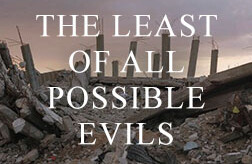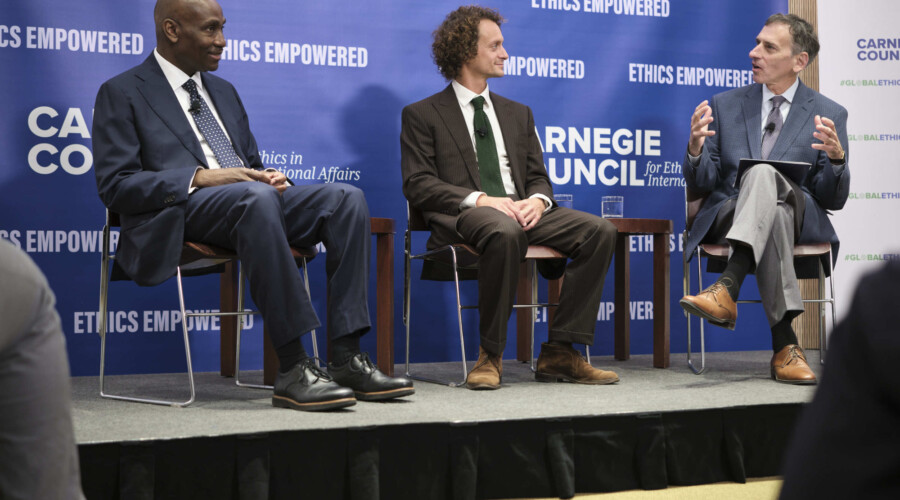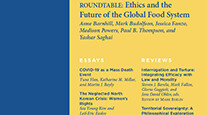From The American Interest, November 20, 2012.
Violence is a basic fact of international relations. It is the beginning and end of the state system, and likely any global political system, should the current one ever be superseded. Undoubtedly, this system is full of deficiencies, blind spots, cruelties, and injustices. Some of these are arbitrary, and some are contingent on our specific global order. As this order developed, however, a legal and moral structure grew with it around a laudable objective: the regulation and limitation of interstate violence. With the recent decline of such violence, especially between the great powers, the focus of the international community has shifted to the regulation of the violence that states can inflict upon their own peoples. States no longer need to cross a border for their bad behavior to be deemed criminal. Taken together, these developments—most prominently in human rights, humanitarianism, and the laws of war—form a powerful legal and normative regime whose purpose is to constrict state behavior, especially at its most violent and destructive fringes.
Yet no matter how such a legal regime appears formally, it still reflects underlying conditions of inequality, power dynamics, structures of domination and control. As Rousseau said, speculating about the origins of inequality, “All ran headlong to their chains, in hopes of securing their liberty, for they had just wit enough to perceive the advantages of political institutions, without experience enough to enable them to foresee the dangers.” According to this account, we inadvertently embrace what enslaves us.
These dynamics are at the heart of Eyal Weizman’s The Least of All Possible Evils. For Weizman, instead of regulating or limiting violence, international humanitarian law (that is, the laws of war) actually legitimates certain manifestations of it. This is due to the utilitarian logic that pervades our thinking about violence caused by states and their agents, reasoning that sees “the sphere of morality as a set of calculations aimed to approximate the optimum proportion between common goods and necessary evils.” According to Weizman, deeming certain evils “necessary” provides the conceptual cover for further acts of cruelty. What begins as a “pragmatic compromise” between two terrible choices becomes an acceptable logic in less than exceptional circumstances. The logic of the exception is widened; the infliction of suffering is made civilized and inevitable.
To read the entire article, click here.




